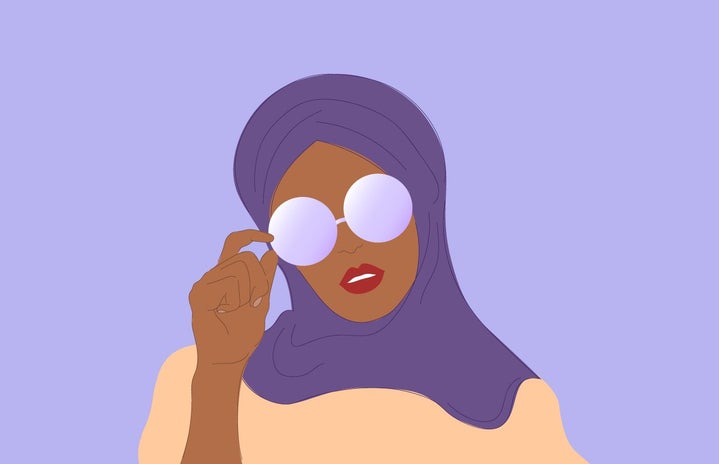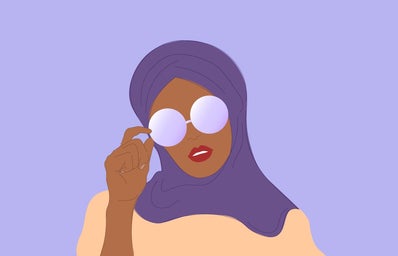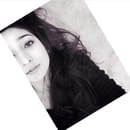Every few months, the topic of Muslim representation in the media seems to be trending. Unfortunately, it’s rarely ever the good kind; in fact, I saw many tweets from Muslims asking for the media to stop their attempts to represent us because they are just consistently doing a terrible job. For every tweet I saw of criticism, I saw an equal number of people arguing that Muslims should be thankful that they are getting to see themselves in a more positive light and not as the typical terrorist. I have to laugh at these comments because of how detached and distant they are from the actual issues being discussed. While many of these characters are indeed not terrorists, there are many aspects of these representations that are problematic, particularly with their decisions around Muslim women.
Before I begin highlighting many people’s issues, I want to start off by saying that these representations do apply to some individual Muslims out in the world – this is not my issue. My issue is the constant recycling of the same ‘self discovery’ story, typically imbued with heavy islamophobic, racist and misogynistic undertones. I, and many others, are unsatisfied with how this story has become the new norm.
What is this story, you may ask. Well, let me give you a quick little breakdown:
You will typically see a Muslim woman who is either South Asian (being Indian, Pakistani, Bengali etc) or Arab, belonging to a family who completely misunderstands her. Her father will typically be a man who doesn’t let her do anything she enjoys while her mother sits by, allowing it to happen while reinforcing common gender stereotypes upon her daughter. How, then, does this daughter deal with her difficult family? She meets a white boy who shows her what “freedom” is, resulting in her taking off her hijab, even running away from her family with him.
Some perfect examples of shows with this story line are Elite and Hala.
Like I said before, this is a reality for some Muslims, however, this narrative is so common it seems that the media is telling us “this is the reality for most Muslims”. Most women who wear a headscarf will tell you “this was my choice”, including myself. I was very blessed to come from a family who focused more on the meaning behind wearing one rather than simply telling me “you must wear this”.
As I mentioned before, this narrative contains heavy racist and islamaphobic undertones. If you pay attention, you’ll realise that the male love interest is always exclusively a white man, conveying the message that a woman of colour can only ‘break free’ of her oppressive family through the aid of a white man. He shows her what true happiness is, pointing out that both her religion and her family are failing to effectively provide that for her. She confides in him, admitting that she has hated her religion all along and she wishes that she could be rid of her oppressive family. Are you beginning to see the issue here? Along with falling in love with him, she will typically follow this up by deciding to remove her headscarf. The show will typically decide to make a big deal out of this decision, putting dramatic music in the background, excessive camera zoom-ins, the wind blowing through her hair and everyone staring in awe. She seems to have a confidence that didn’t exist before.
The confusion for me and many other Muslims is why the producers decide to only make her happy once she has removed her hijab and effectively removed herself from her religion. All religions are meant to add something positive to someone’s life; they can be a source of comfort and hope, with Islam being no different. However, the media reinforces this idea that Islam opresses women, taking away their right of freedom of choice. The headscarf is worn as a symbol of our devotion to God, showing other people the faith we belong to. It is meant to be an empowering act and many women who wear it are more than happy to. These stories actually prove to be dangerous as people who do not know Muslims personally or have no knowledge of Islam will take these fictitious tales to be truth, increasing the likelihood of Islamaphobic attacks against Muslim women.
Ideally, I would like to end this article with some examples of positive representation.
Unfortunately, none come to mind and nobody I asked could provide me with one. So while this story does not present Muslims as terrorists, it is still problematic. It tells its viewers that Muslim women are the victims of misogyny and oppression, an image that is just as detrimental as the stereotypical prostitute. It would be nice to one day see representation of a Muslim woman who is proud of her religion, and comes from a caring family: to sum it up, your typical healthy family except they just happen to be Muslim.



